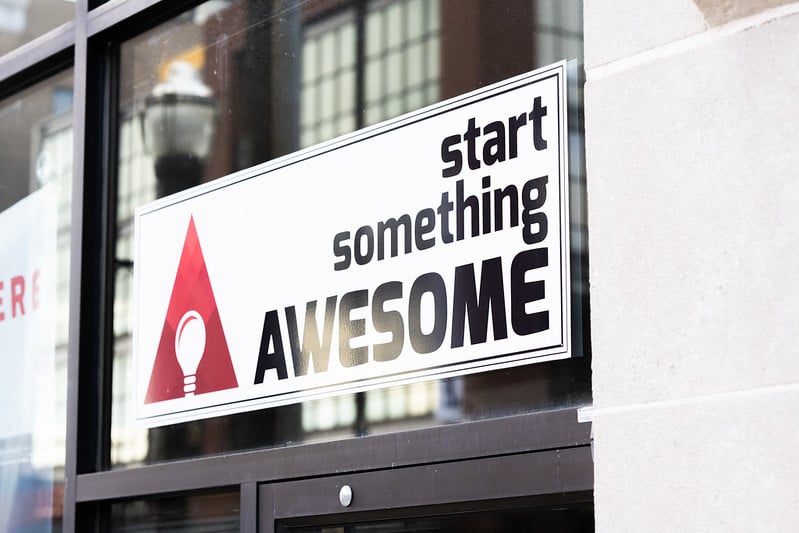Benefits of Diversity in the Workplace
Study after study has shown the benefits of diversity in the workplace – not just measured in headcount, but to the degree that everyday behaviors and company culture stress inclusiveness and respect – pay big rewards. Human resources site Talentlyft is just one source identifying the many benefits of a diverse workplace including increased creativity, faster problem solving and high employee engagement, the underpinnings of increased profits and innovation.
And that’s not all. As 6Q Blog points out, increasing diversity also pays off with lower turnover and an overall positive impact on the company’s reputation.
“Companies who recruit and encourage individuals from a wide range of backgrounds generally gain a reputation for being a good employer,” writes 6Q’s Lauren Clarke. “Potential clients often feel more valued and thus give more business to these organizations.”
Diversity in the Workplace Roadblocks
Yet time and again, companies falls short on the inclusiveness scale, which begs the question: If the benefits of diversity in the workplace are so well-understood, why is there so much work yet to do in so many companies? CultureAmp boils it down to five fundamental roadblocks.
1. Companies struggle to align diversity and organizational goals
Every company is unique in its goals and diversity practices must align with those goals in order for them to be successful. This starts with taking an honest look at the environment as it exists now as a starting point. Not all companies need to improve in the same areas – if a workplace is already racially diverse, for instance, move on to an area that needs more work.
2. The challenge of design versus implementation
The best thought-out, detail-oriented diversity program is worthless if there’s nobody to carry it out. Equally important as the goals on the page are people who have the passion for the subject matter and who are invested with the authority to make positive, lasting change. Therefore, while a diversity committee is a good start, make sure senior leadership is committed or the effort will spin its wheels.
3. Failing to train management
It’s important to invest in training to help front-line and mid-level managers understand what the company’s diversity goals are, why they’re important and what’s expected of them when they interact with employees. Managers have the difficult task of applying policies day-to-day, so make sure they are equipped to do so properly.
4. Overcoming inherent bias
Even with the best intentions, people have the tendency to bring bias into everyday interactions, including in the workplace. No diversity plan will be effective without investing in regular, supplemental training dedicated specifically to addressing bias, providing a foundational understanding of how to avoid or confront it.
5. Avoiding internal resistors
No plan works flawlessly or brings everyone along. Change makes people uncomfortable and while many eventually adjust, others may be actively opposed to the plan. There’s no tried-and-true solution to such internal resistance, but “leaving well enough alone” isn’t the answer. The point is to move people towards understanding, including those who are challenging why change is needed in the first place.
To learn more about diversity, equity and inclusion, check out this month’s episode of Connecting Business. Host Christina Munoz discusses how DE&I efforts improve the bottom line and create a better work culture for all employees with Blake Woolsey, Chief Communications and Development Officer at Heartland Forward, and Michael McCathern, Executive Director at the John Maxwell Team.




